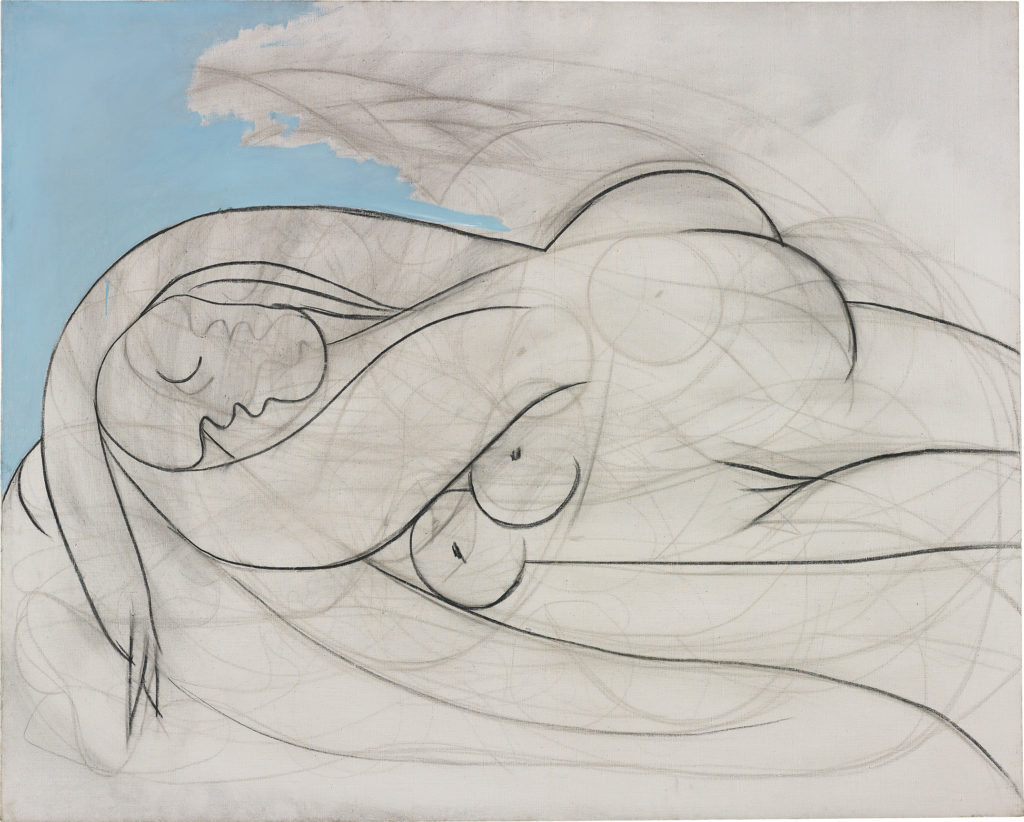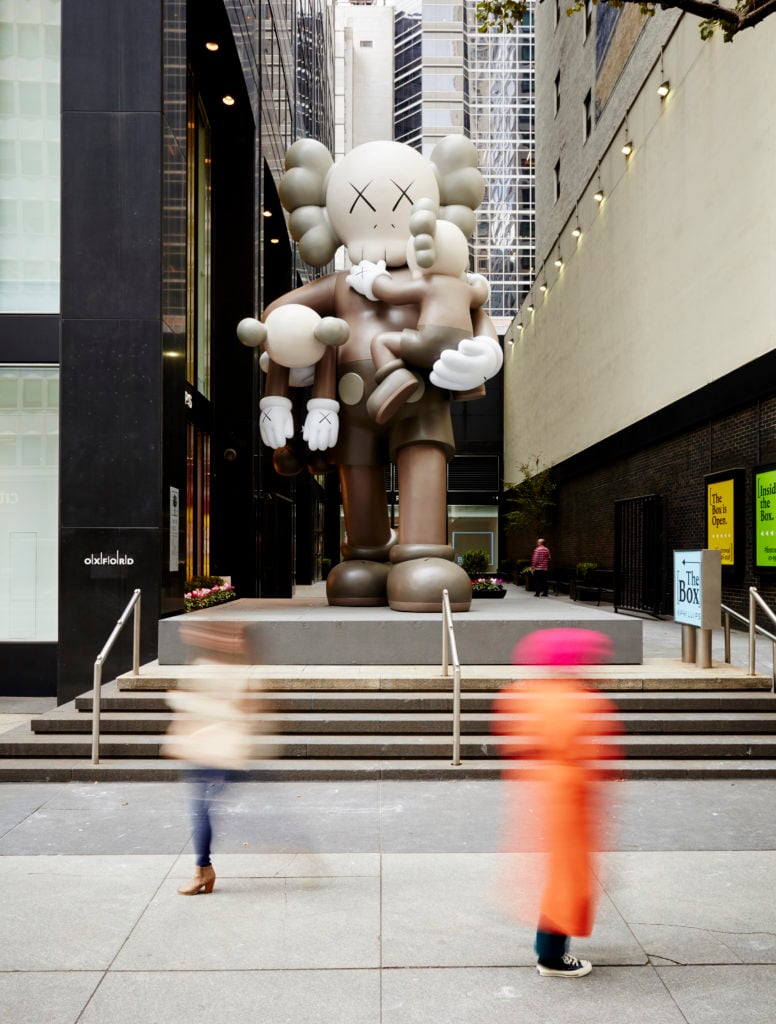Last year was a good one for Philips. The best, actually.
The auction house announced that it sold $916 million worth of art and collectibles in 2018, the highest total in its 220-year history.
The record sum comes a decade after the Russian luxury goods conglomerate, the Mercury Group, acquired the business, and five years since former Christie’s CEO Ed Dolman took the top job there.
According to the house, auction sales rose 27 percent, to $794.3 million, while private transactions rose 46 percent to $122.2 million. In the house’s marquee category of 20th century and contemporary art, sales jumped 40 percent to $592.9 million.
Phillips’s totals still pale in comparison to those generated by its much larger rivals, Christie’s and Sotheby’s, which both exceeded $4 billion in sales last year. But the bronze-medal winner has made serious gains in market share. According to data collected by the artnet Price Database, Phillips’s public auction sales have more than doubled in the past five years. In 2013, its fine art sales made up 4.1 percent of the total generated by all three houses. By 2018, that figure grew to seven percent. And while three percent may not sound like a lot, it represents an increase of around $350 million.
So how did they get there? “Our strategy of focusing exclusively on the 20th and 21st centuries, our continued expansion in Asia, and our move to increase our modern art offerings have all played a role,” Dolman said in a statement.
In a conversation with artnet News, Dolman emphasized the importance of the less glamorous but more profitable day sales. “The middle market day sales that accompany the high-profile evening sales are extremely important to the revenue generation for the company,” he said, adding that the category grew by 50 percent year-on-year.

Pablo Picasso’s La Dormeuse (1932) sold for £41.8 million ($57.8 million). Image courtesy of Phillips/phillips.com.
At the same time, Dolman highlighted a strategic shift to pursue a greater number of high-quality modern artworks as another driver of its record total. “It’s something we’ll be focusing on more and more,” he said, citing as examples Picasso’s La Dormeuse (1932), which sold in London for $57.9 million, and Matisse’s fresh-to-market bronze sculpture Nu Allonge 1 (Aurore) (1917), which sold for $20.5 million in the same sale.
But above all, the CEO credited the recruitment of key staff members as the key to its success. At a time when auction-house rainmakers are departing Sotheby’s and Christie’s at a steady clip, Phillips has managed to recruit and retain top business-getters, including Cheyenne Westphal, Jean-Paul Engelen, and Robert Manley.
“We’ve got a really stellar bench now,” Dolman says. “They bring with them clients and a reputation for expertise and we’ve really benefited from that.”
The question now is whether Phillips will be able to repeat its success in 2019, a year most have agreed will be a challenging one. In the face of “significant apparent headwinds in the market,” including China’s economic slowdown and Brexit, Doman said cautiously: “I’m hoping 2019 will be a year where people continue to buy and sell art and that Phillips will continue to see growth.”










